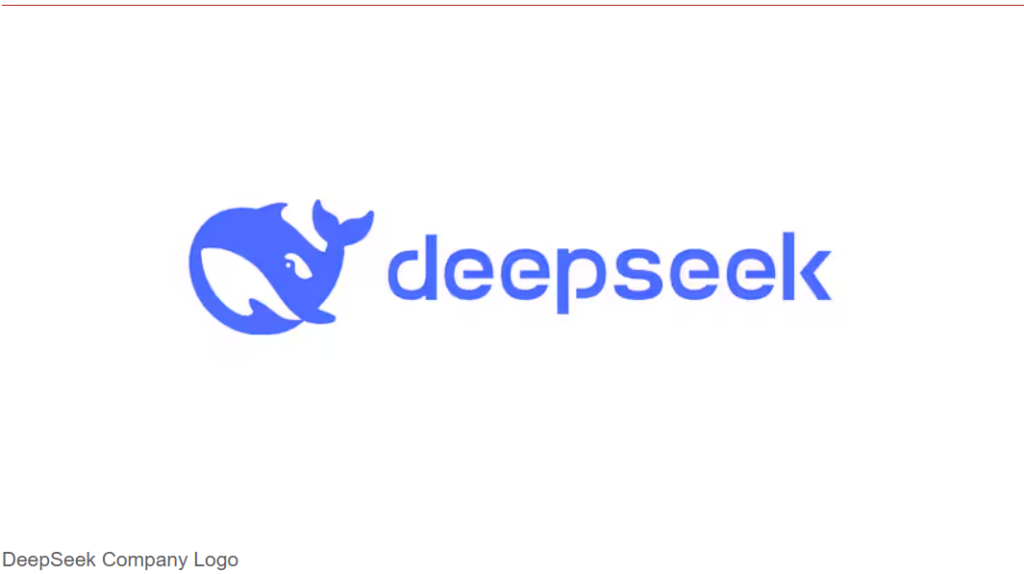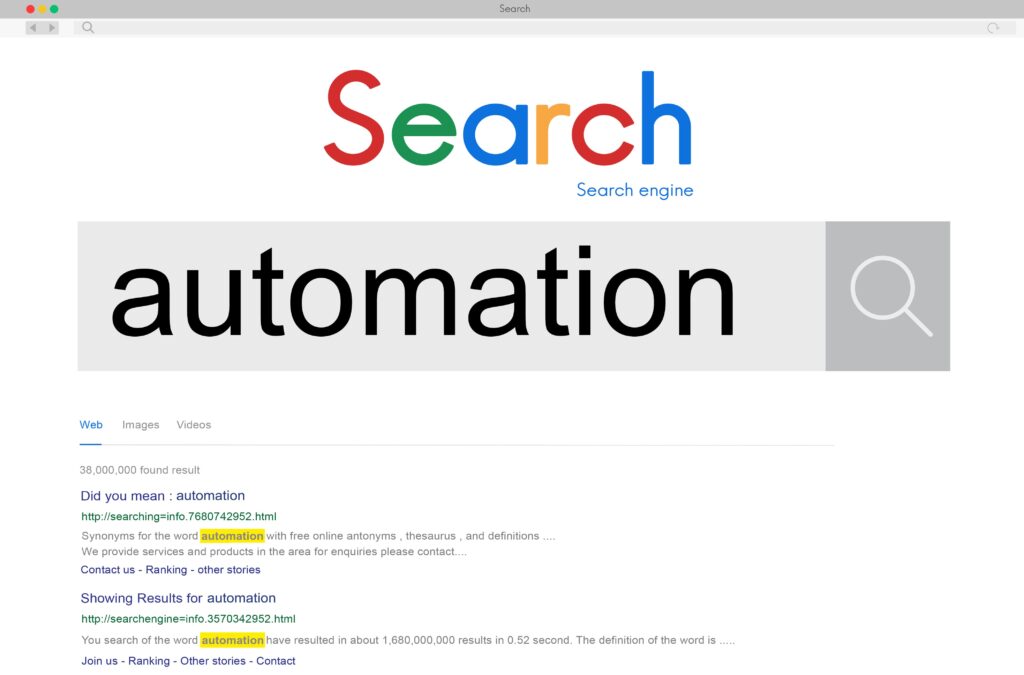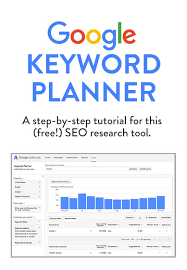You’re chatting with your smart speaker, asking about the best pizza places nearby, and it responds not just with a list, but with personalized recommendations based on your past preferences.
Welcome to the brave new world of generative AI search, where your search experience is about to get a whole lot more interesting – and complicated.
What’s All the Buzz About Generative AI Search?
Gone are the days when keyword stuffing and backlink building were the only games in town. Generative AI is reshaping the search landscape faster than you can say “Hey Google.” It’s like having a super-smart librarian who not only finds your books but also writes you a custom summary based on exactly what you need.
Traditional search engines show you a list of links. Generative AI search? It crafts a specific answer for you, pulling information from multiple sources and presenting it conversationally. It’s the difference between being handed a map and having a personal tour guide.
How Does Generative AI Change the SEO Landscape?

If you’re still optimizing your content like it’s 2020, you might as well be using a flip phone in the age of smartphones. Generative AI search demands a fresh approach:
- Natural language is becoming king (even more than before)
- Long-tail keywords are evolving into full-blown conversations
- User intent matters more than ever
- Content depth and expertise are crucial
The key? Your content needs to answer questions the way humans actually ask them. Think less “best pizza NYC” and more “where can I find authentic Neapolitan pizza in Manhattan that’s open late?”
Generative AI isn’t just adding a new layer to search; it’s flipping the script. Traditional SEO relied heavily on keyword placement, backlinks, and meta descriptions.
Now the focus shifts to semantic search, context, and content relevance. It’s like going from playing checkers to mastering chess—strategy matters more than ever.
Why Should Content Creators Care?
Because the game has changed, my friend. Generative AI prioritizes content that answers questions thoroughly, naturally, and engagingly. The days of stuffing keywords like over-packed suitcases are gone.
Now, it’s about creating value-driven content that feels conversational yet informative. If your content sounds like it was written for robots, generative AI will swipe left.
Is Keyword Optimization Still Relevant?
Absolutely, but with a twist. Keywords are no longer the star of the show; they’re part of the supporting cast. Generative AI loves context and intent.
Instead of obsessing over exact-match keywords, think about semantic clusters and natural language. It’s like seasoning a dish—you need the right spices, but it’s the blend that makes it delicious.
How Does This Impact Website Traffic?
Generative AI can be both a blessing and a curveball. On one hand, it can increase visibility by presenting your content in rich snippets, voice search results, and AI-generated summaries.
On the other hand, users might get their answers directly from the search engine, reducing click-through rates. The key? Create content compelling enough that people want to dive deeper.
Why Should Businesses Care About This Shift?
Let’s get real – this isn’t just another tech trend to ignore. Generative AI search is fundamentally changing how people find and interact with your business online. When someone asks their virtual assistant about services you offer, will your website be the one providing the answer?
The stakes are higher than ever. With AI-powered search, you’re not just competing for visibility in search results – you’re competing to be THE answer that AI systems choose to present to users.
What Role Does Voice Search Play in This Evolution?

Voice search and generative AI are like peanut butter and jelly—better together. People don’t talk to their smart devices like they type into Google.
Voice searches are more conversational: “What’s the best way to boost my website’s SEO?” versus “SEO tips 2024.” Optimizing for natural language queries, FAQs, and question-based headings (like this post) is the golden ticket.
Should You Rethink Your SEO Strategy?
If your current strategy feels like it’s stuck in 2015, then yes, it’s time for an upgrade. Focus on:
- Topic authority: Become the go-to source in your niche.
- Content depth: Answer questions comprehensively.
- User experience: Fast loading times, mobile optimization, and engaging visuals still matter.
Think of it as giving your website an SEO spa day—a little pampering can go a long way.
How Can You Stay Ahead of the Curve?
Stay curious and adaptable. Generative AI is evolving faster than your favorite streaming series plot twists.
Regularly audit your content, experiment with new formats, and embrace data-driven insights. Don’t just follow trends—anticipate them.
Need Help Navigating the New SEO Frontier?
Feeling overwhelmed? You don’t have to go it alone. As a digital strategist and SEO expert, I help businesses like yours not just survive but thrive in this ever-changing landscape.
Let’s chat about how to future-proof your website and keep your content one step ahead of the algorithm curve.





















